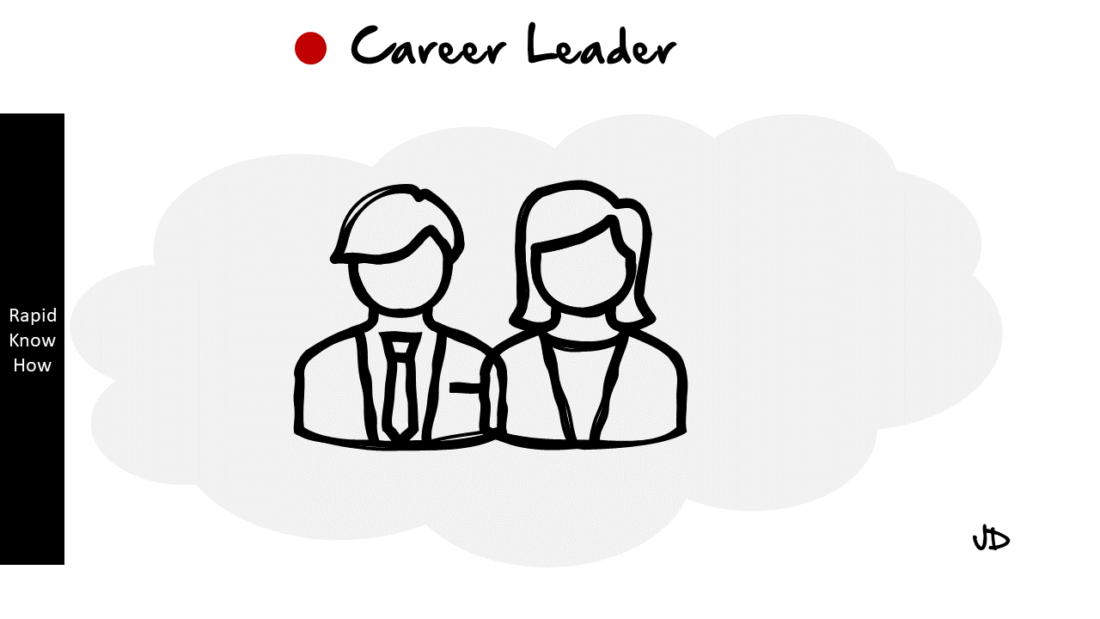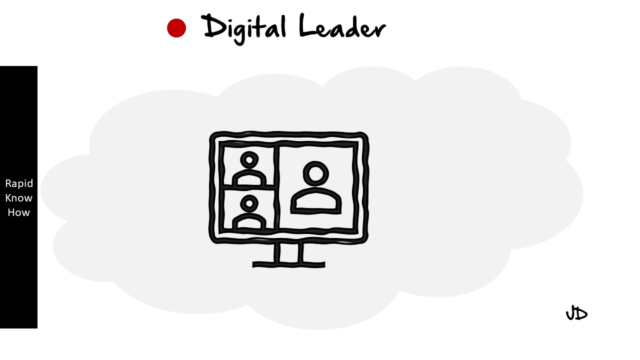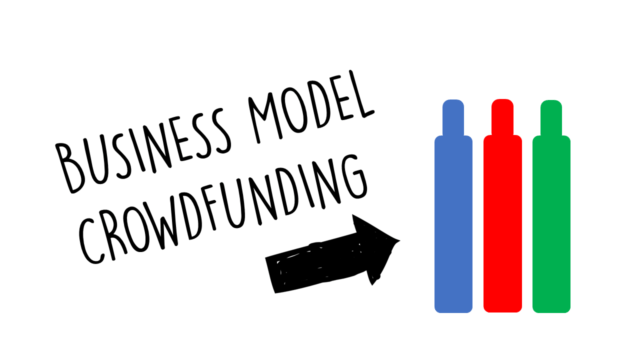Answer:
Illustrating your career in simple illustrations is a creative and effective way to showcase your professional journey. It can help you visualize your career path, highlight your achievements, and identify areas for improvement. Here’s how you can do it:
**Idea Illustration**
Idea illustration is about representing your thoughts, ideas, or concepts visually. It’s a powerful tool to communicate complex information in an easy-to-understand manner.
1. **Career Timeline**: Create a timeline of your career, starting from your first job to the current one. Use different symbols or icons to represent each job role. For instance, if you started as a sales executive and now you’re a sales manager, use an icon of a person with a briefcase for the executive role and an icon of a person with a crown for the manager role.
2. **Skill Tree**: Draw a tree with branches representing different skills you’ve acquired over the years. The trunk could represent foundational skills like communication or teamwork, while branches could represent specialized skills like project management or digital marketing.
3. **Career Ladder**: Illustrate your career progression using a ladder. Each rung of the ladder could represent a different job role or promotion you’ve achieved.
**Idea Exploration**
Idea exploration involves brainstorming and experimenting with different ideas before settling on the final one.
1. **Mind Map**: Create a mind map to explore different career paths or job roles that interest you. Start with your main interest in the center and branch out into sub-interests or related fields.
2. **Flowchart**: Use a flowchart to explore different career decisions and their potential outcomes. For example, if you’re considering whether to pursue further education or start working immediately after graduation, create a flowchart showing possible scenarios for each decision.
3. **Venn Diagram**: Draw a Venn diagram to explore the intersection between what you love doing, what you’re good at, and what the job market needs. This can help you identify your ideal career path.
**Visual Discovery**
Visual discovery is about using visuals to uncover insights, patterns, or trends that might not be immediately apparent.
1. **Career Path Infographic**: Create an infographic of your career path, highlighting key milestones, achievements, and challenges. Use different colors or shapes to represent different types of experiences (e.g., positive experiences in green, negative experiences in red).
2. **Career Growth Chart**: Plot a line graph showing your career growth over time. The x-axis could represent time (e.g., years), while the y-axis could represent your level of satisfaction or achievement in your career.
3. **Career SWOT Analysis**: Conduct a SWOT analysis (Strengths, Weaknesses, Opportunities, Threats) of your career. Use different shapes or colors to represent each element of the SWOT analysis.
In conclusion, illustrating your career can be a fun and insightful exercise. It can help you reflect on your professional journey, identify your strengths and weaknesses, and plan for future career growth. Remember that there’s no right or wrong way to do it – the most important thing is that it makes sense to you and helps you gain valuable insights about your career.




